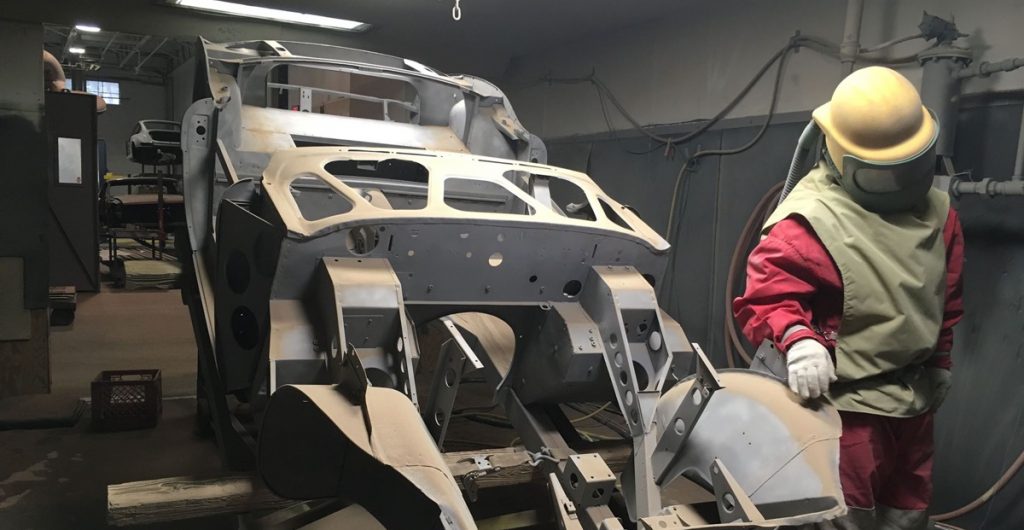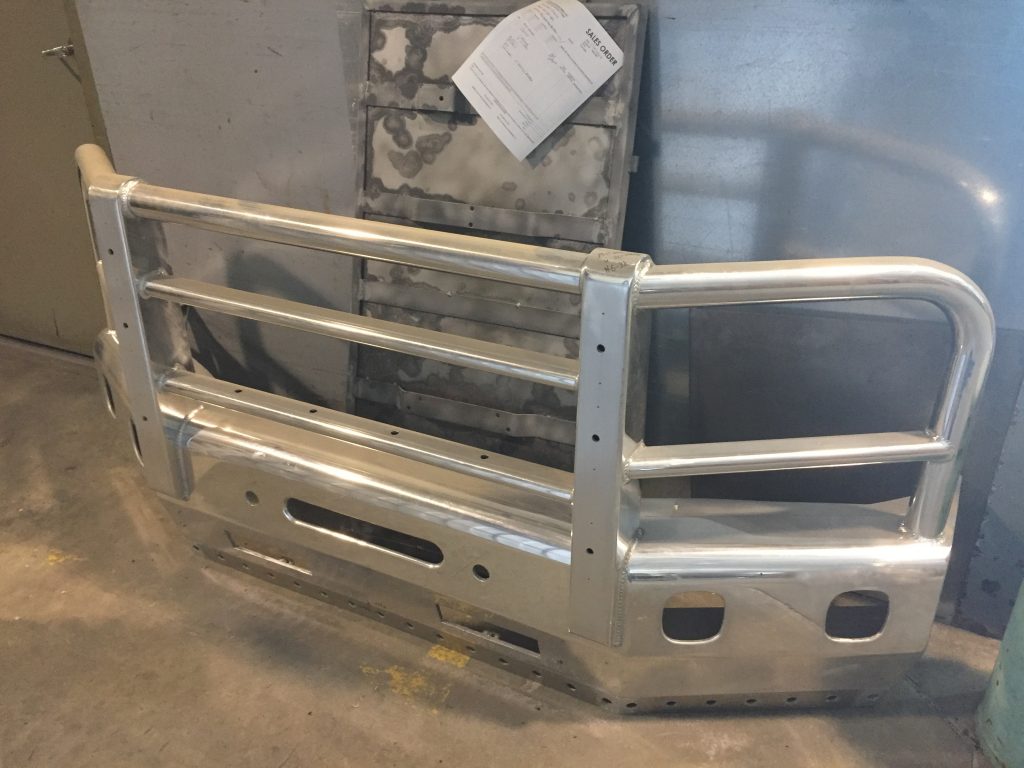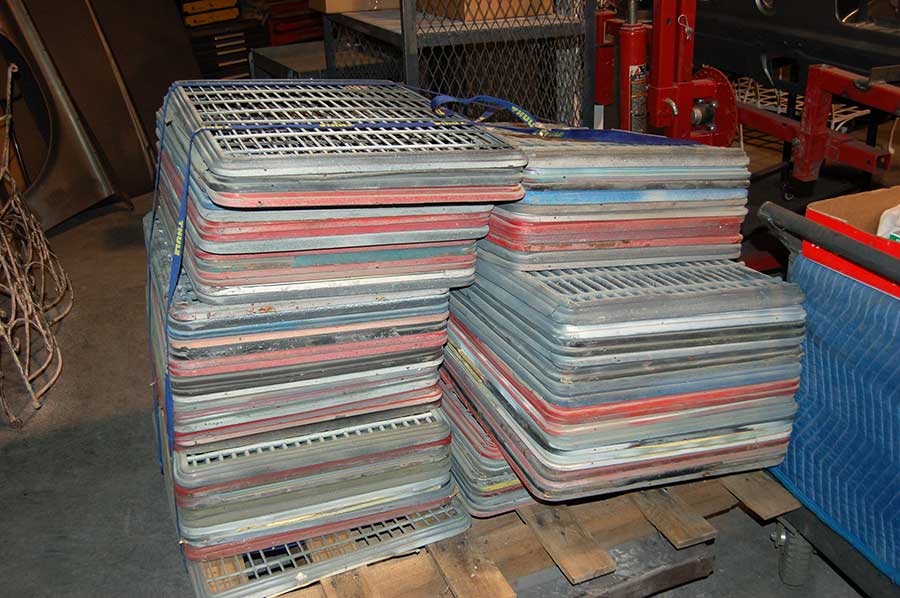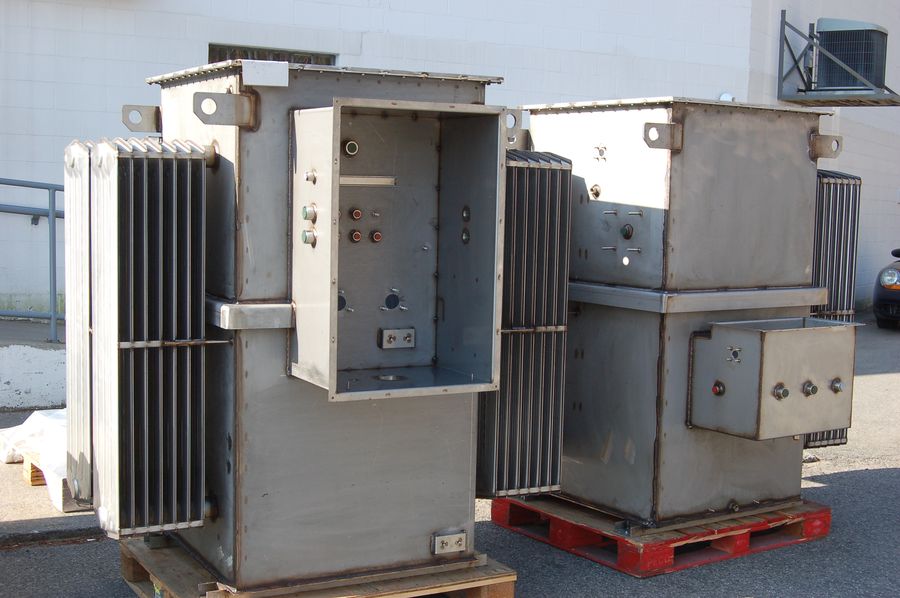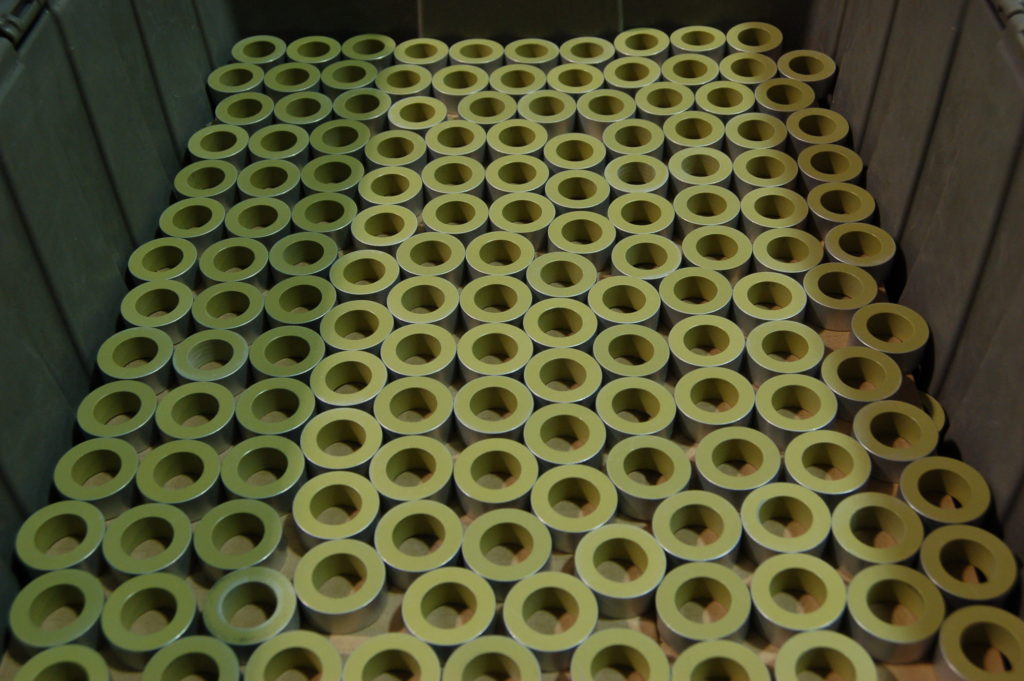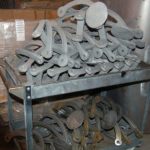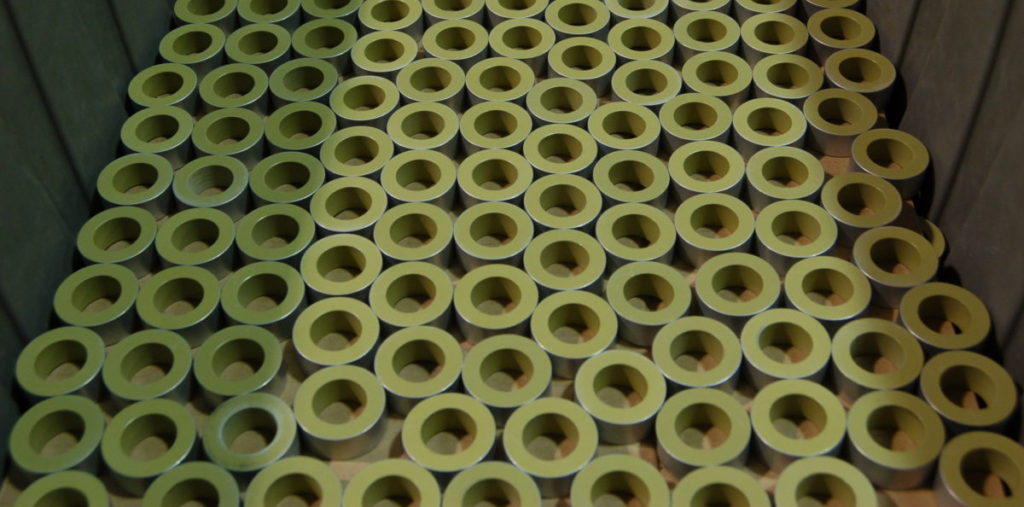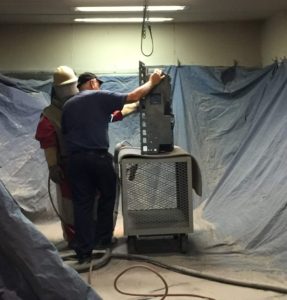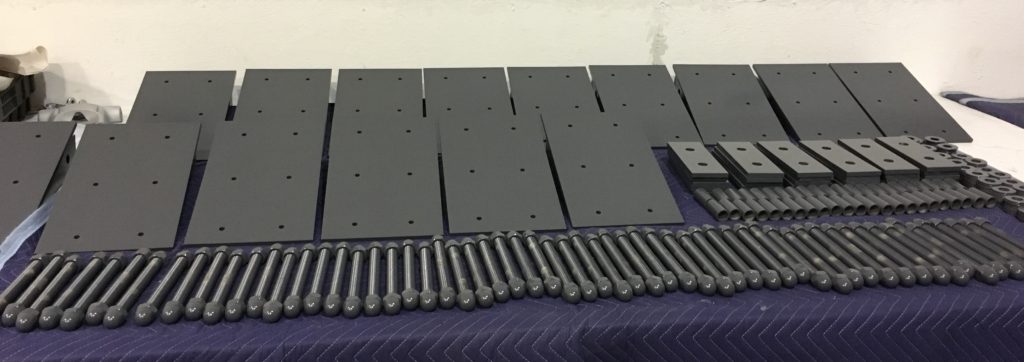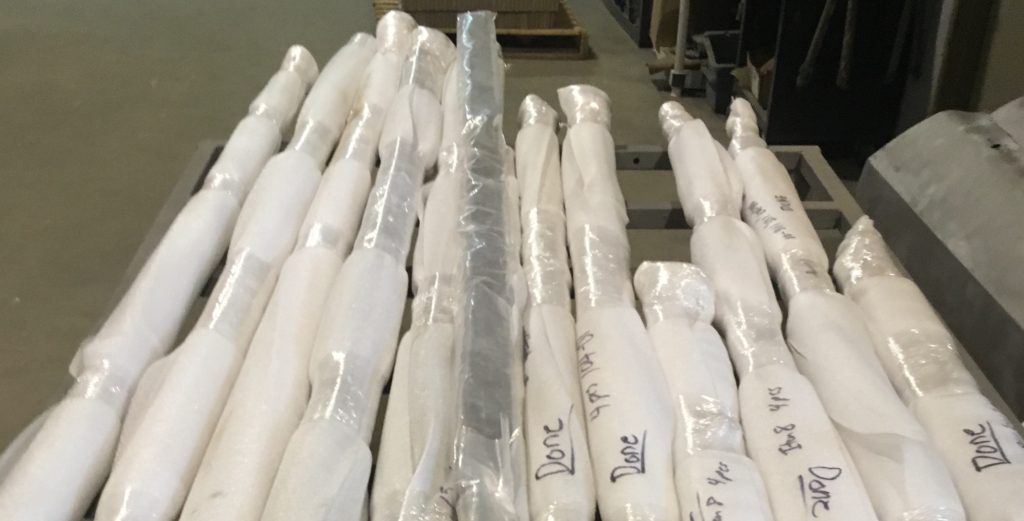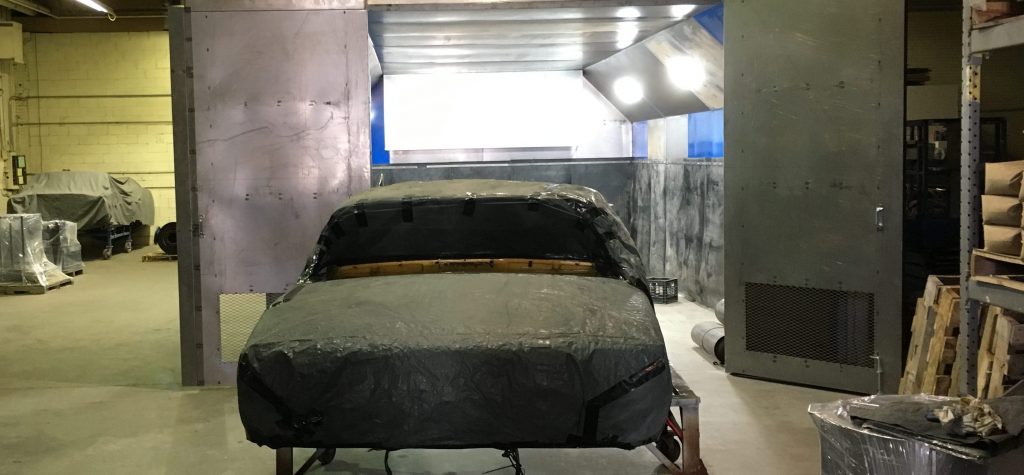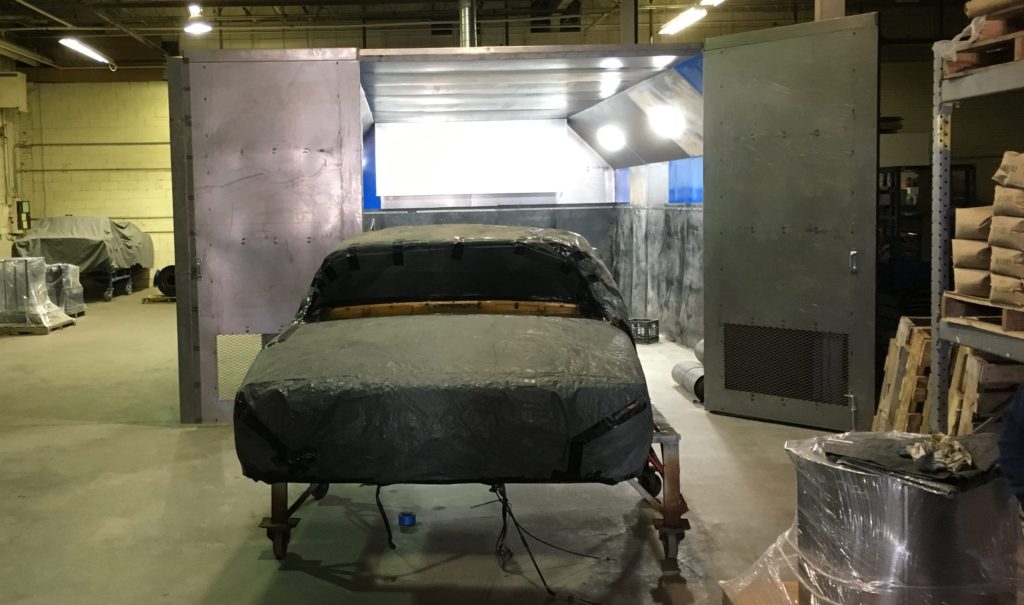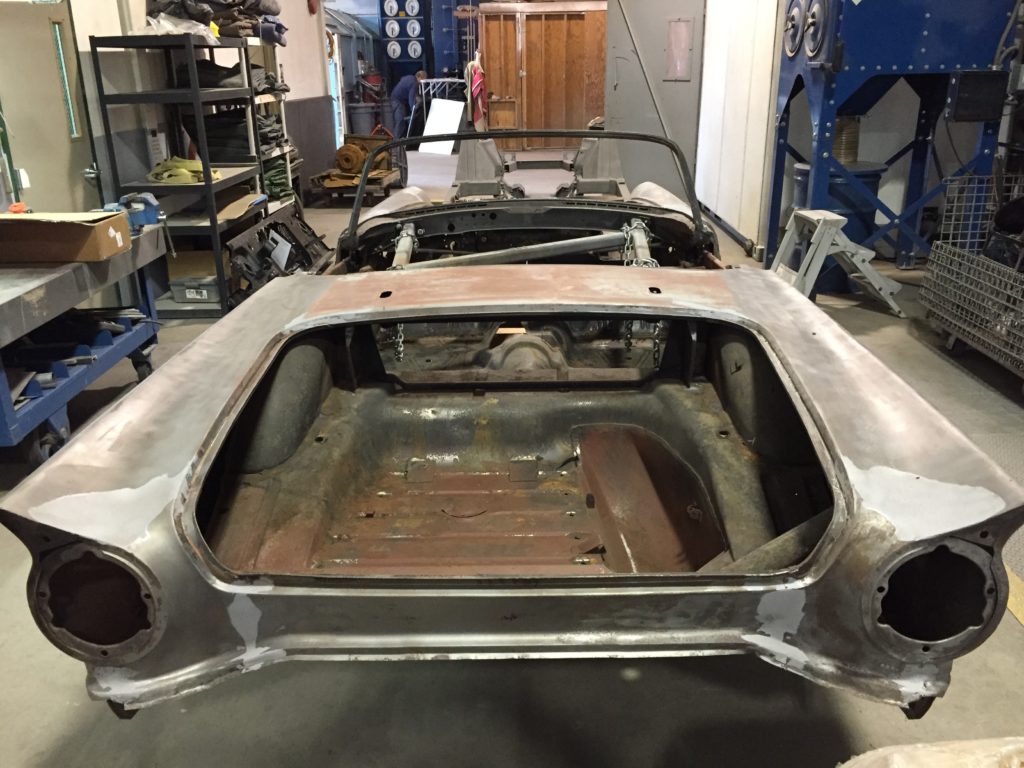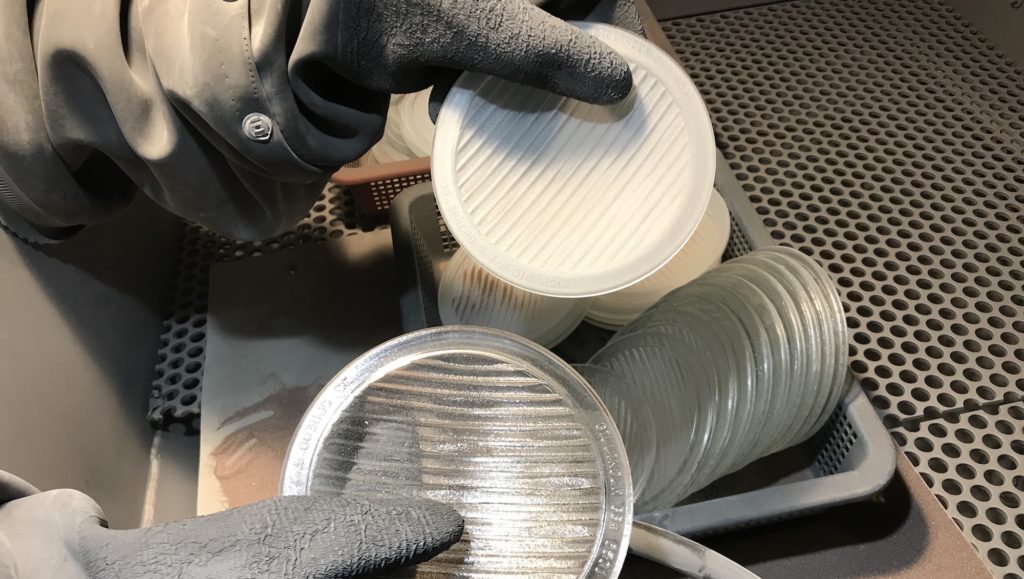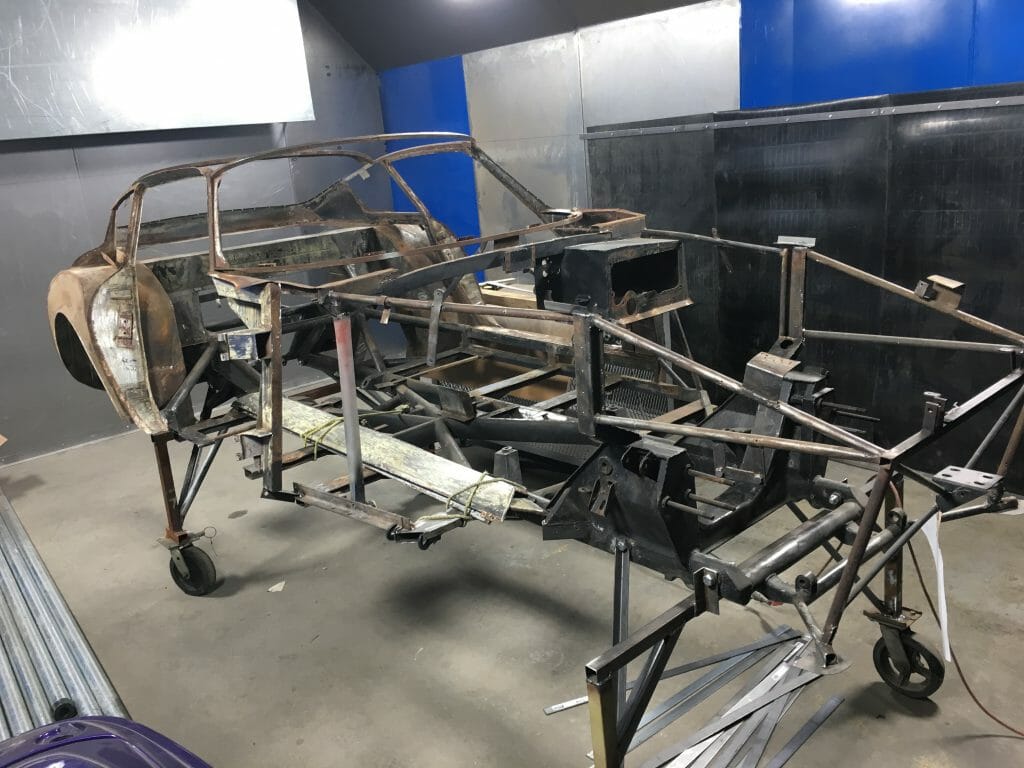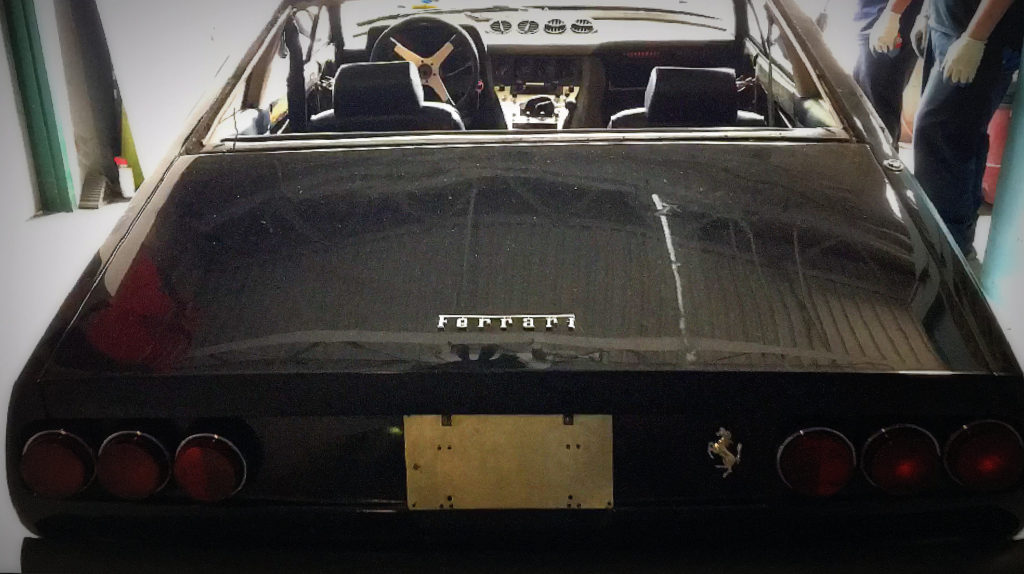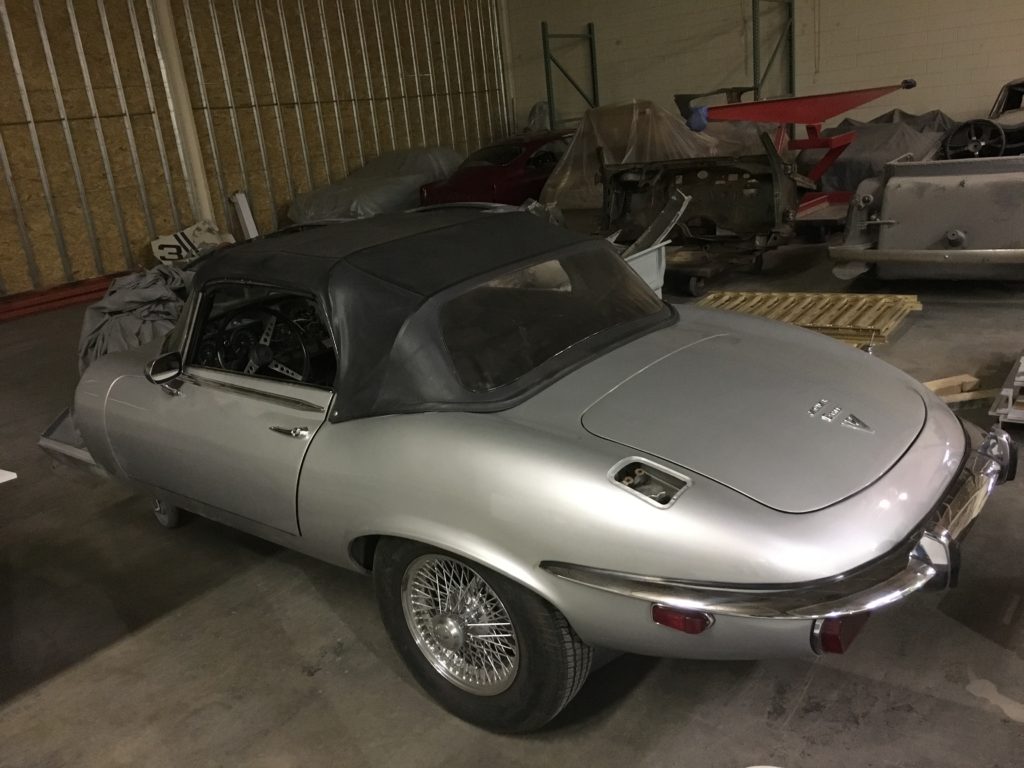How Much Does It Cost to Sandblast a Car? A Comprehensive Guide
When it comes to restoring or refinishing a car, sandblasting is a popular and effective method to remove old paint, rust, and other contaminants from the vehicle’s surface.
However, before diving into this transformative process, it’s essential to understand the costs associated with sandblasting a car. What factors influence the price of sandblasting? What is the average cost of prepping a car for restoration? I We will guide you through what you can expect when seeking professional services from American Dry Stripping and Powder Coating.
What is Sandblasting?
Sandblasting, known as dry abrasive blasting or media blasting, is a technique that uses high-pressure air to propel abrasive materials against a surface to remove unwanted coatings or contaminants. The abrasive material – , crushed glass, or plastic media – helps strip away layers of paint, rust, and debris, revealing a clean and bare surface for further restoration or refinishing.
NOTE: Although the term “sandblasting” is frequently still used in referring to blasting metal, sand is no longer used to remove coatings and rust. Why? Exposure to respirable crystalline silica during sandblasting (using sand as the medium) can cause a serious or even fatal respiratory disease, called Silicosis, a scarring and hardening of the lungs.
In referring to “sandblasting” you might hear more accurate terms like grit blasting, shot blasting, abrasive blasting, or media blasting.
What is the Average Price to Sandblast a Car?
The cost of sandblasting a car can vary depending on several factors. On average, you can expect to pay between $500 and $3,500 for a complete sandblasting job. The price range reflects the variations in vehicle size, complexity, condition, and the extent of preparation work required.
Keep in mind that these figures are estimates, and it’s best to consult with a professional sandblasting service provider like American Dry Stripping for an accurate quote tailored to your specific needs.
What Factors Affect the Price of Sandblasting?
Several factors can influence the price of our blasting services. Here are some key factors that can affect the cost:
- Size and complexity of the project: The size and complexity of the sandblasting project directly impact the cost. Larger vehicles or projects that involve intricate details, curves, or hard-to-reach areas may require more time and effort. This additional labor can increase the overall price.
- Type of vehicle: Different types of vehicles may have varying degrees of complexity when it comes to sandblasting. For example, classic cars with intricate designs, vintage models with unique features, or custom vehicles with modifications may require extra care and precision, influencing the cost.
- Condition of the surface: The condition of the surface to be sandblasted is another crucial factor. If the vehicle has extensive rust, corrosion, or multiple layers of old paint, additional preparation work and abrasive material may be necessary to achieve the desired results. This can contribute to higher costs.
- Accessibility: The accessibility of the vehicle’s surface affects the ease of sandblasting. Areas that are difficult to reach or require disassembling certain parts can increase the labor and time required for the job, impacting the overall price.
- Type of coating or contaminants: The type and thickness of the coating or contaminants on the vehicle’s surface play a significant role in pricing. Removing heavy-duty coatings, such as industrial paints, undercoatings, or powder coatings, may require more aggressive sandblasting techniques and specialized equipment, resulting in higher costs.
- Material selection: The choice of abrasive material used in abrasive blasting can vary in terms of cost. Common materials include glass, aluminum oxide, or plastic media. Each material has its characteristics and suitability for different applications. Finer or specialized abrasives may come at a higher cost compared to other options.
Additional Impacts on Pricing
- Additional services: Additional services we provide can affect the overall price. These services may include burn-off services, masking off specific areas, disassembly and reassembly of components, primer application, or protective coatings. Supplementary tasks add value but also contribute to the final cost.
- Location and service provider: Our geographical location impacts our pricing. Operating costs, labor rates, and competition in the area can vary, leading to differences in overall pricing. In addition, if you require Pick-Up and/or Delivery of your vehicle, that will add to the overall cost.
What am I Paying for?
When you pay for sandblasting services, you are typically covering the following aspects:
- Cost for blasting labor: The labor costs associated with sandblasting are a significant component of the overall price. Experienced technicians will perform the task efficiently, ensuring thorough cleaning while minimizing any potential damage to the vehicle’s surface.
- Cost for prep labor: Before sandblasting, the vehicle may require certain preparation steps, such as masking or taping off specific areas, removing trim or accessories, or disassembling certain components. These preparatory tasks ensure that the sandblasting process is precise and focused only on the intended areas.
- Cost of materials: The choice of abrasive material used for sandblasting, such as sand, crushed glass, or plastic media, can affect the overall cost. Each material has its unique characteristics and suitability for specific applications, and the cost will vary accordingly.
- Pick up and Delivery, as needed.
How We Determine What Media to Use
Our team are experts in blasting vehicles of all ages, kinds, and sizes. We have worked on everything from Model As to Lamborghinis to massive Mack trucks – and everything in between.
Our team will take the time to inspect your vehicle thoroughly to determine which media are required to remove coating and corrosion effectively. Additionally, we media blast to correctly prep the surface for new paint and coatings.
Some media we may use include:
Plastic Media Blasting
Plastic media blasting is a popular option for delicate or intricate parts of the car. It utilizes plastic particles that are softer and less abrasive than traditional sandblasting materials, making it suitable for surfaces prone to damage.
Glass Bead Blasting
Glass bead blasting is another technique that uses tiny glass beads to remove coatings gently. It is often preferred for its ability to achieve a smooth finish on metal surfaces without causing excessive damage or distortion.
So, what is the first step in sandblasting my car or truck?
While the cost of sandblasting a car can vary based on factors such as the vehicle’s body size, condition, coating, and the amount of preparation work involved, it is an investment that yields remarkable results. By removing old paint, rust, and other contaminants, sandblasting provides a clean canvas for your car’s restoration or refinishing project.
When considering sandblasting services, it is recommended to consult with professionals like American Dry Stripping and Powder Coating, who can provide accurate estimates and expert guidance for achieving the best outcome within your budget.
Now that you have a better understanding of the costs associated with sandblasting, you can make informed decisions to bring your beloved vehicle back to its former glory.
FAQs
Will Rust Come Back After Sandblasting?
Yes, rust can come back after sandblasting if the metal surface is exposed to oxygen and moisture, which foster the conditions for rusting. Sandblasting is an efficient method to remove rust, but it doesn’t prevent future rust formation. Applying a protective coating such as paint or rust-inhibiting primer immediately after sandblasting can significantly reduce the chances of rust recurrence.
Can You Sandblast an Entire Car?
Absolutely! You can sandblast an entire car to remove old paint, rust, and other surface impurities. This process helps prepare the car for a new paint job, enhancing the adhesion of the new coat of paint. However, it’s crucial to note that sandblasting requires professional expertise to avoid potential damage to the car’s body. Always ensure a skilled professional is conducting the task for the best results.
How Long Does It Take to Sandblast a Car?
The time it takes to sandblast a car depends on several factors, including the size of the vehicle, the extent of rust or paint to be removed, and the equipment used. However, typically, sandblasting a car can take anywhere from 2 to 6 hours. More intricate jobs, or vehicles with severe rust issues, might require additional time.
What Factors Affect the Price of Sandblasting?
The cost of sandblasting can be influenced by several factors. Firstly, the size and type of the object to be sandblasted play a role, with larger objects like a car costing more than smaller items. The condition of the surface also matters; if it’s heavily rusted or painted, more work is required, thus increasing the price. Additionally, the type of media used in the sandblasting process can impact cost. Finally, labor rates vary by provider and region, so it’s worth getting a few quotes to ensure you’re getting the best price.
How Much Does It Cost to Sandblast a Car? A Comprehensive Guide Read More »

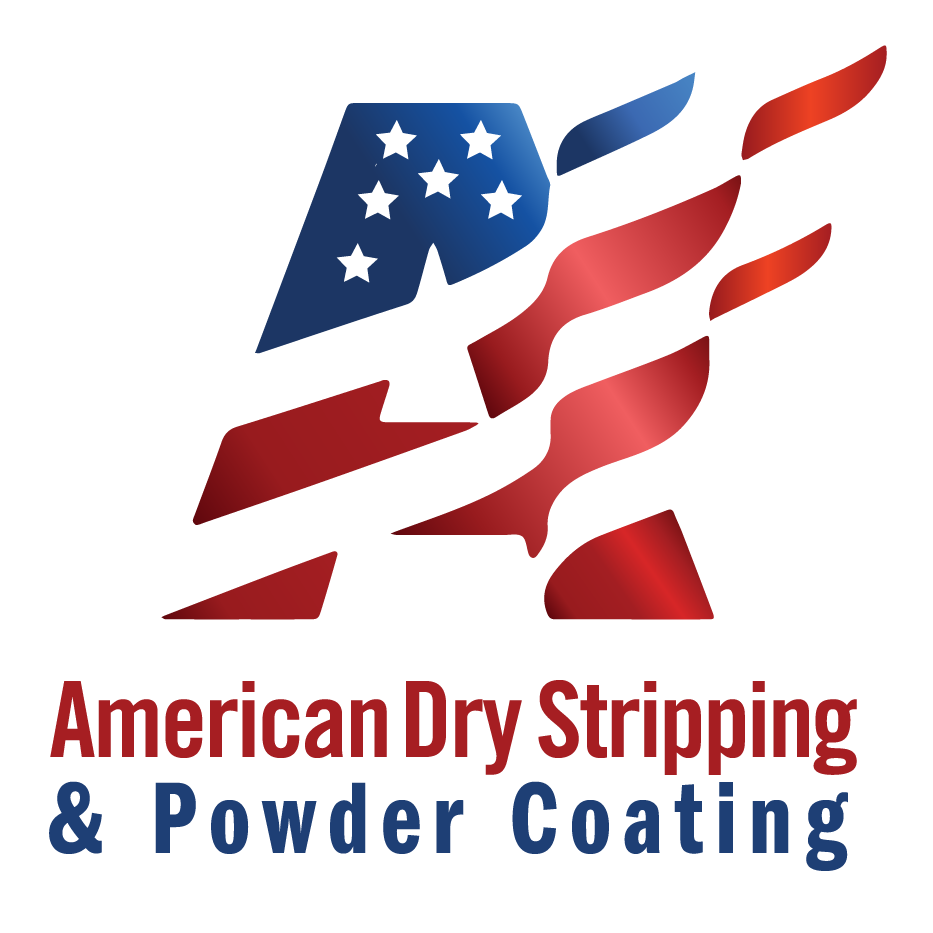
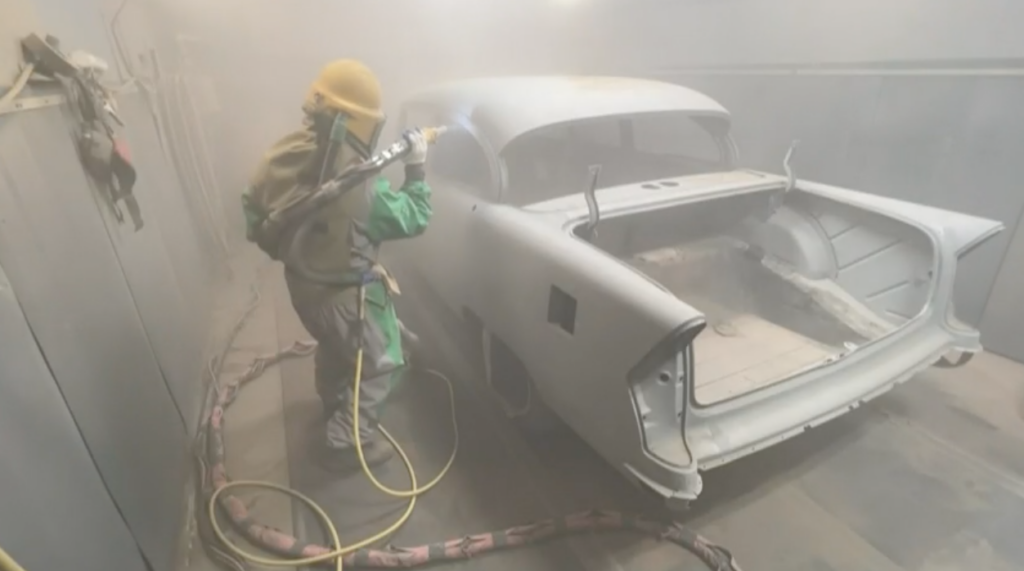
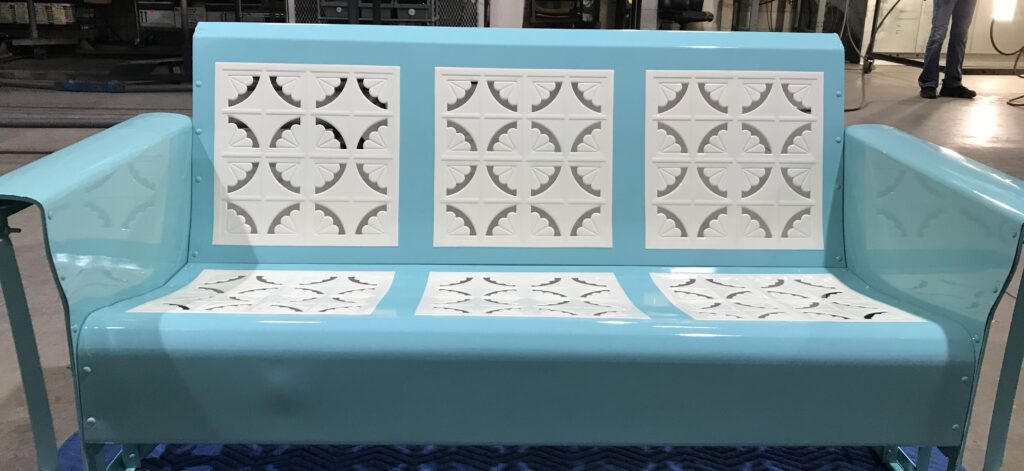
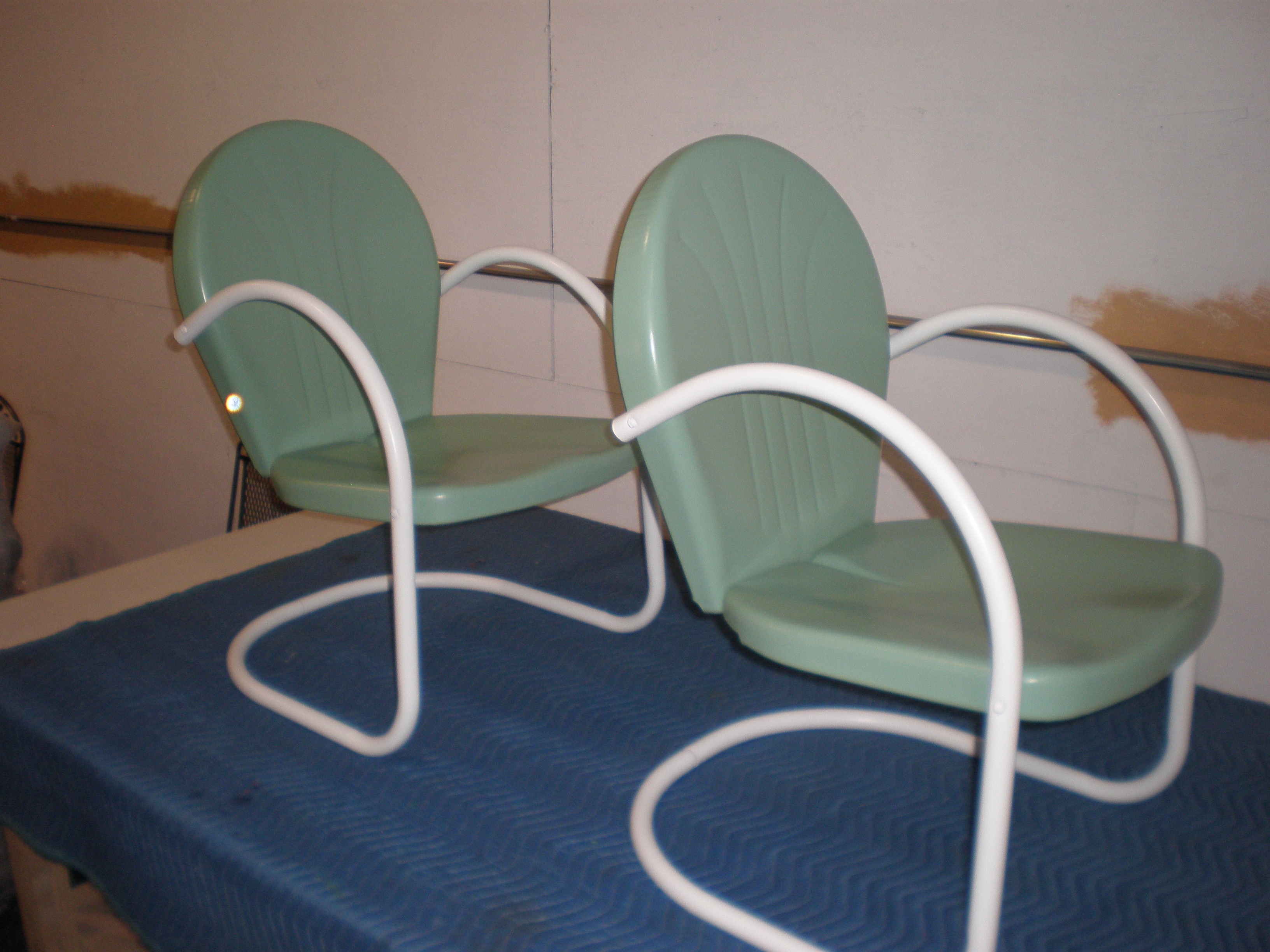
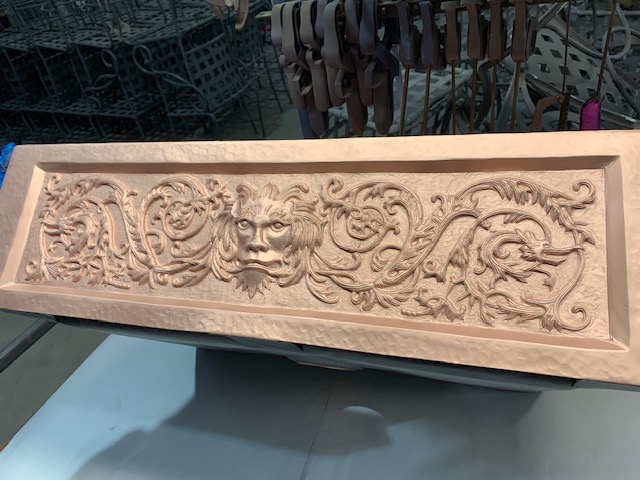
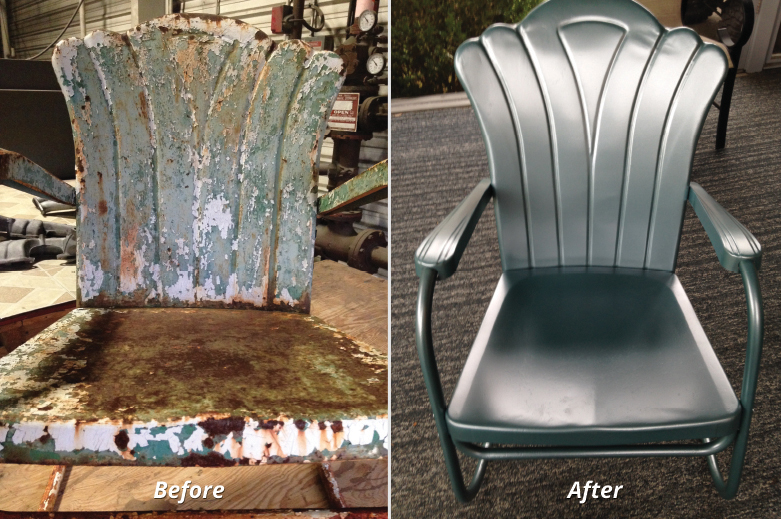
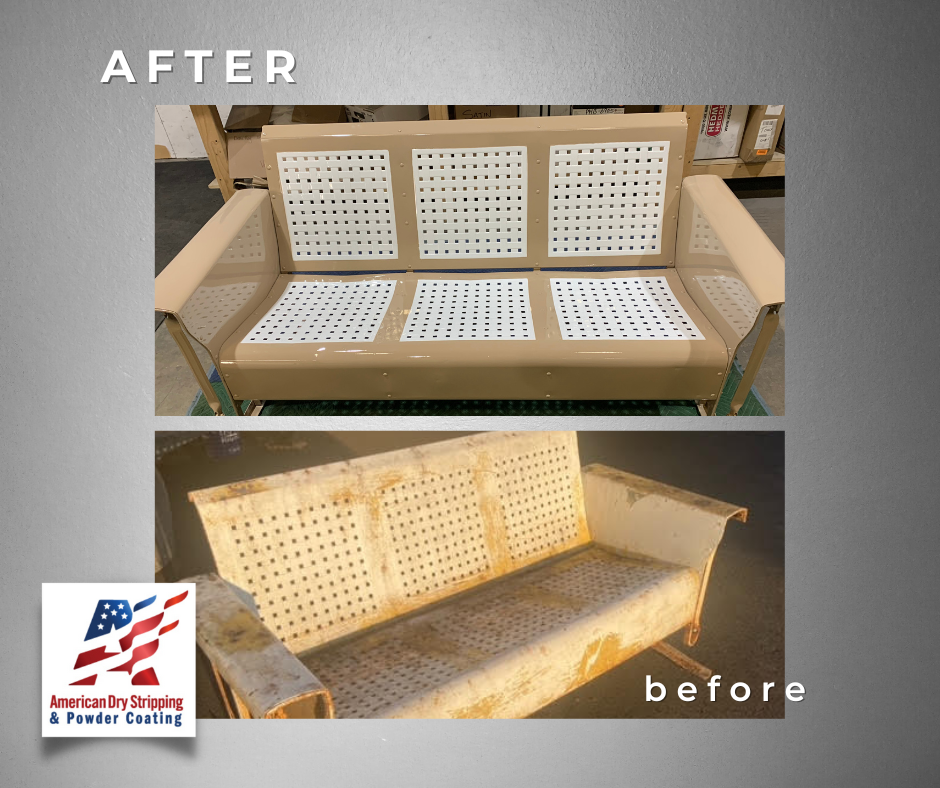
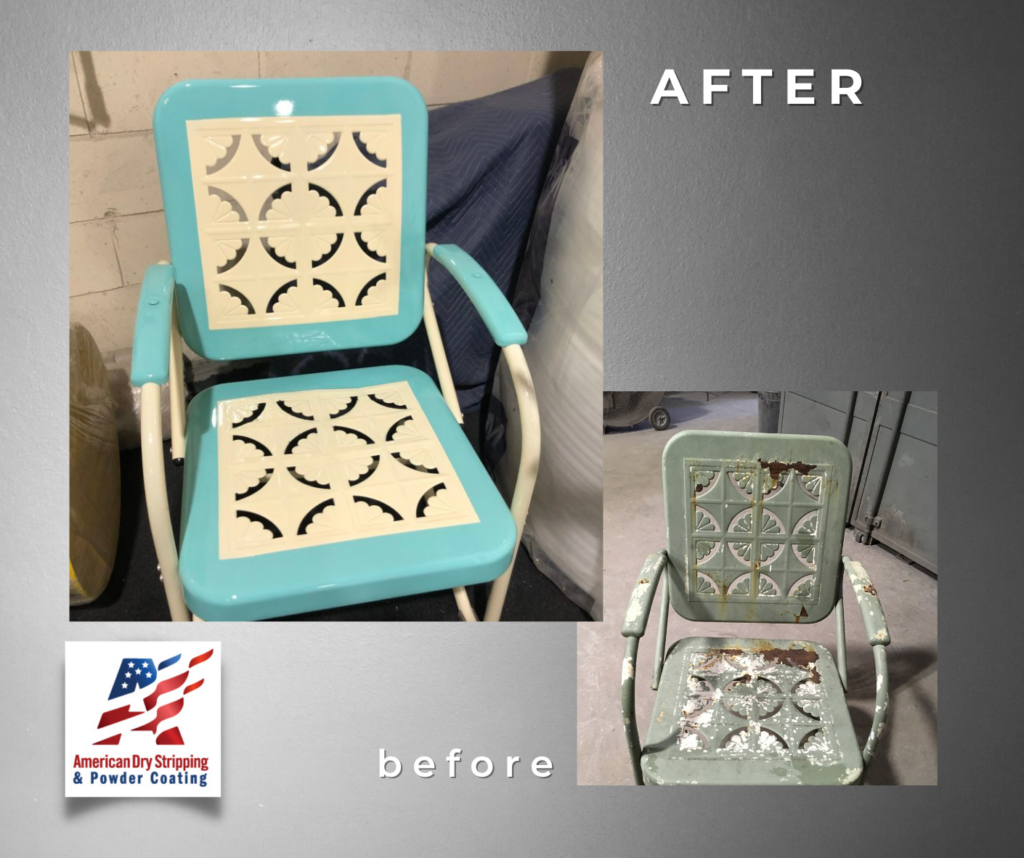
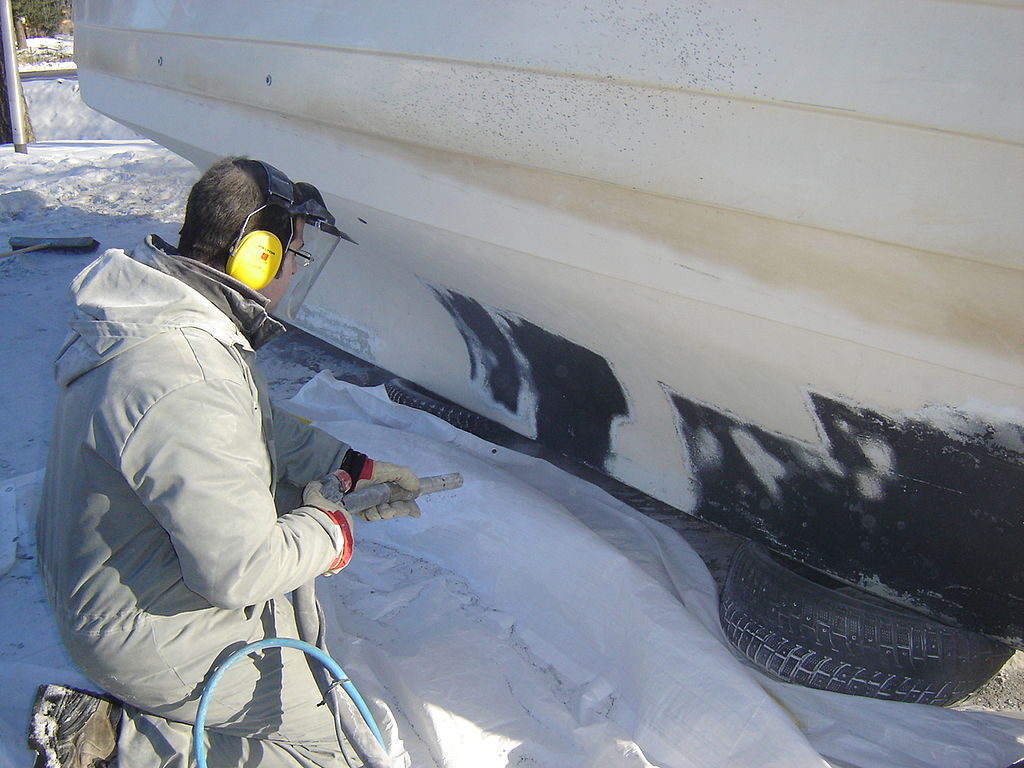
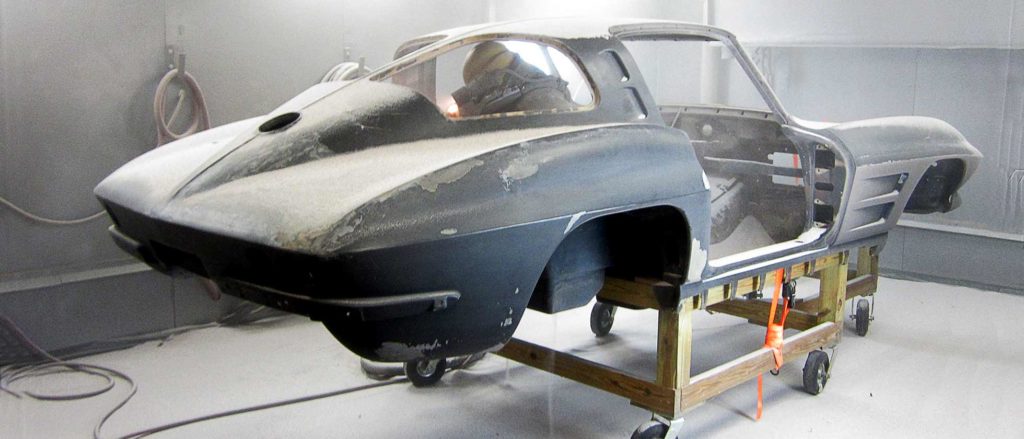
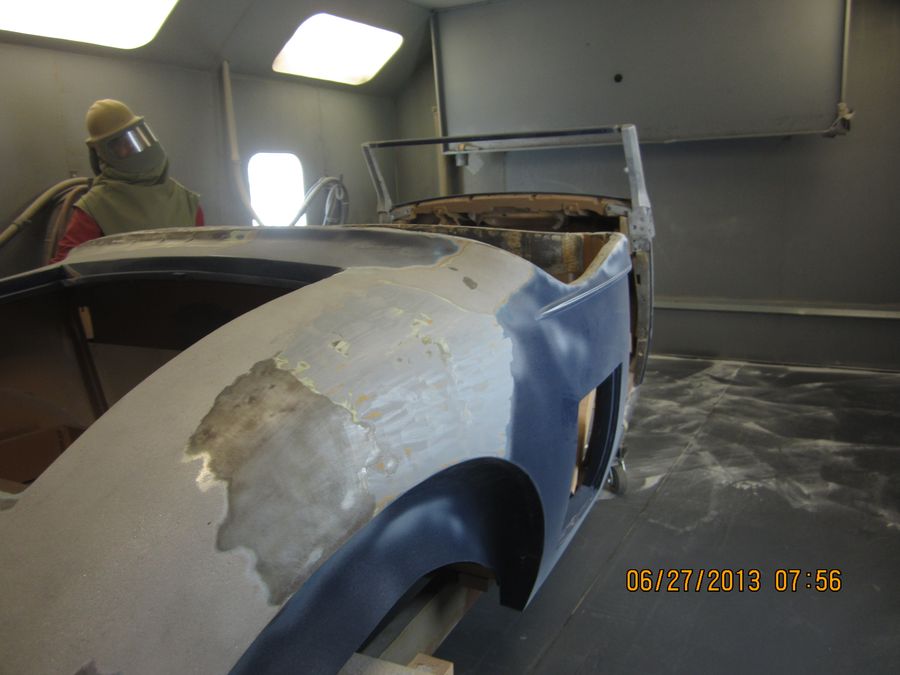
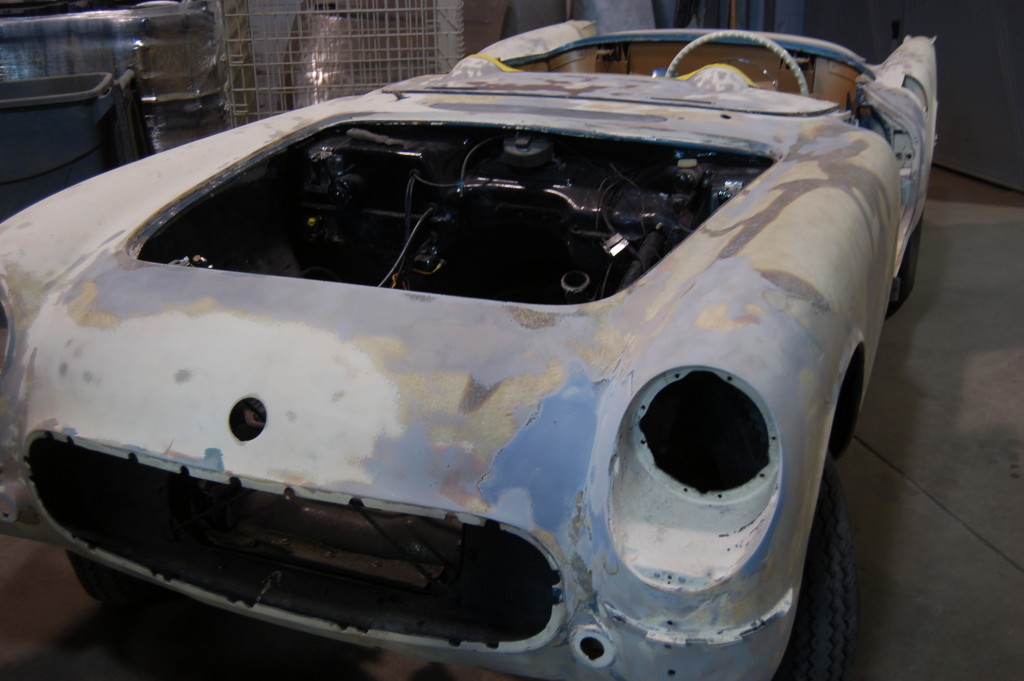
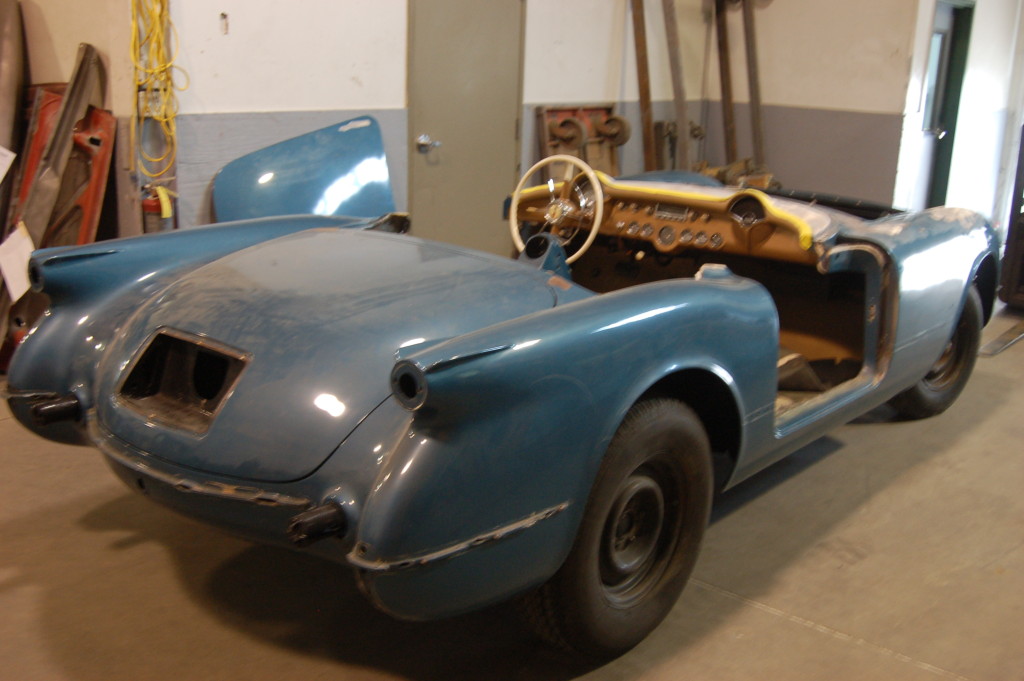
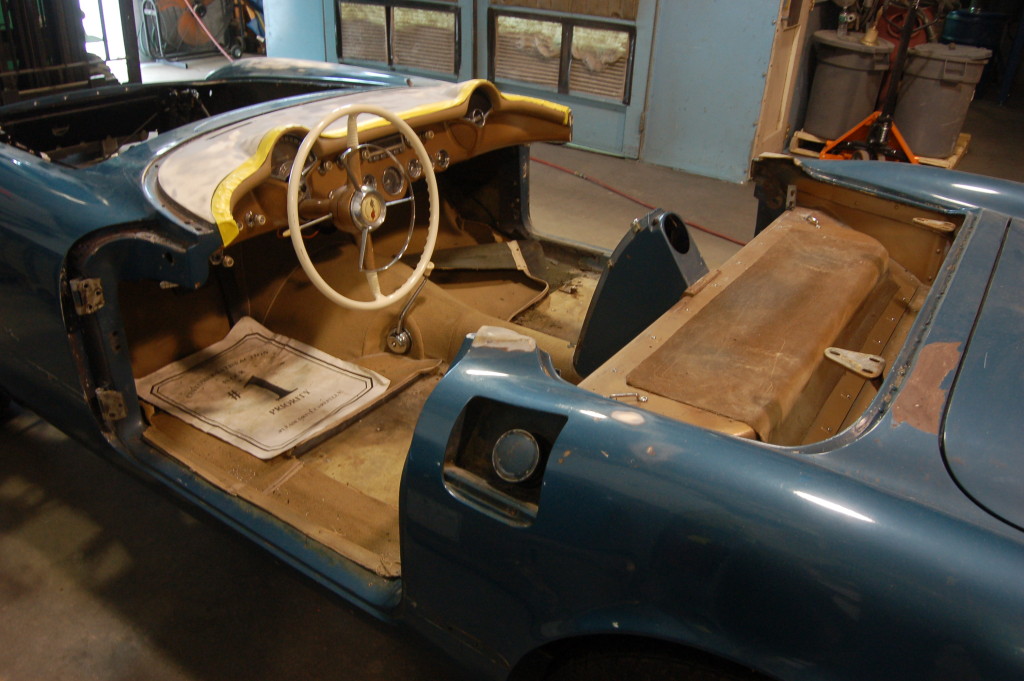
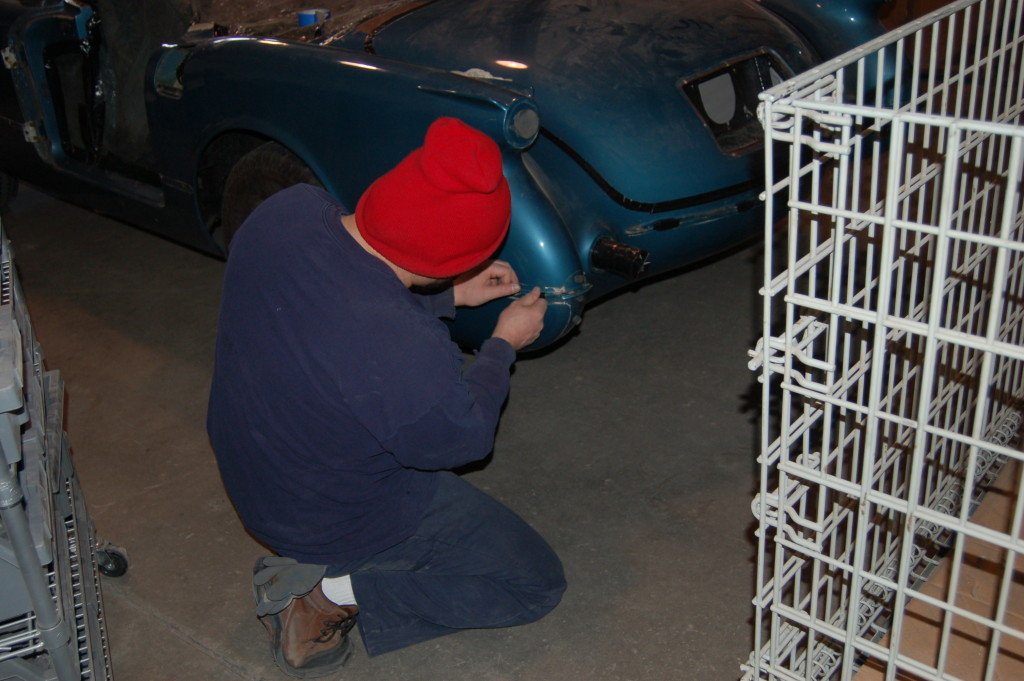
 to see our
to see our 